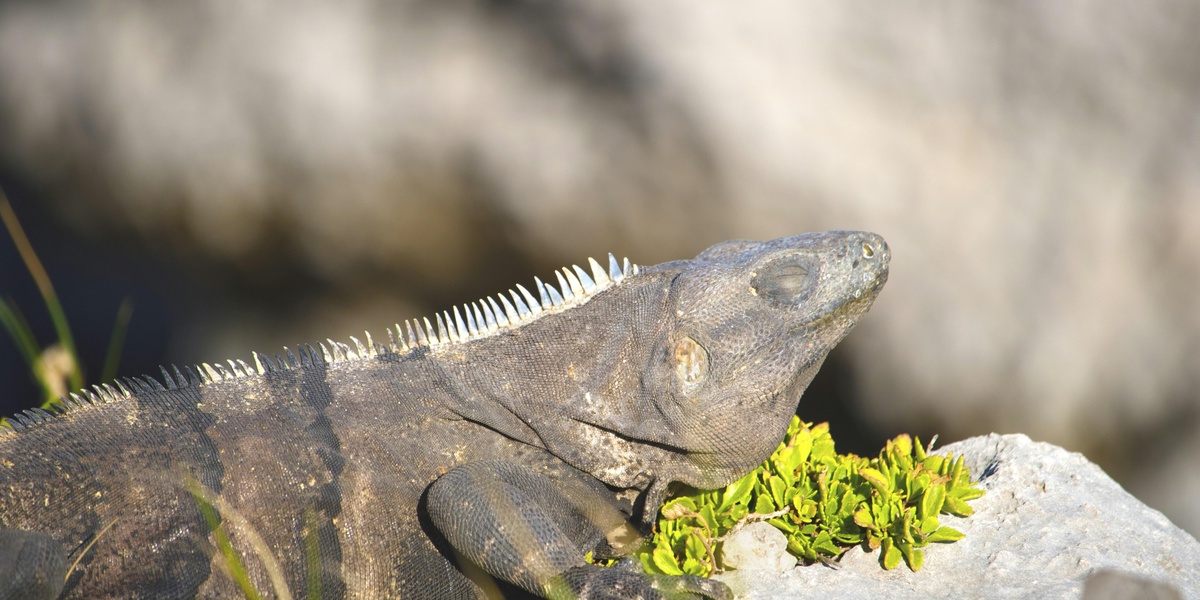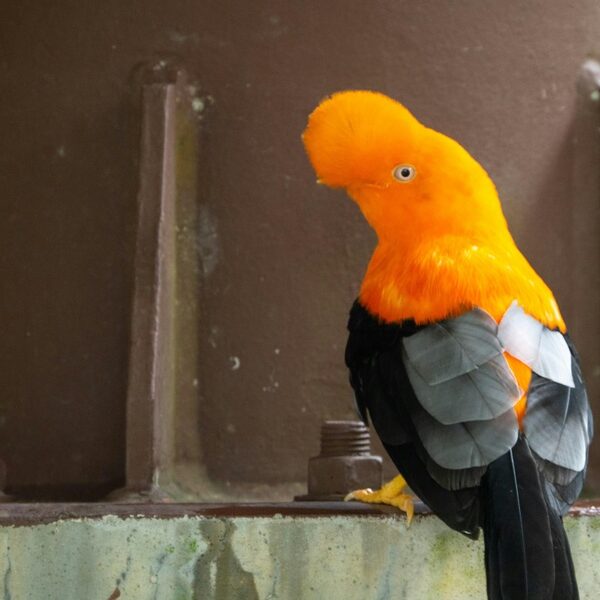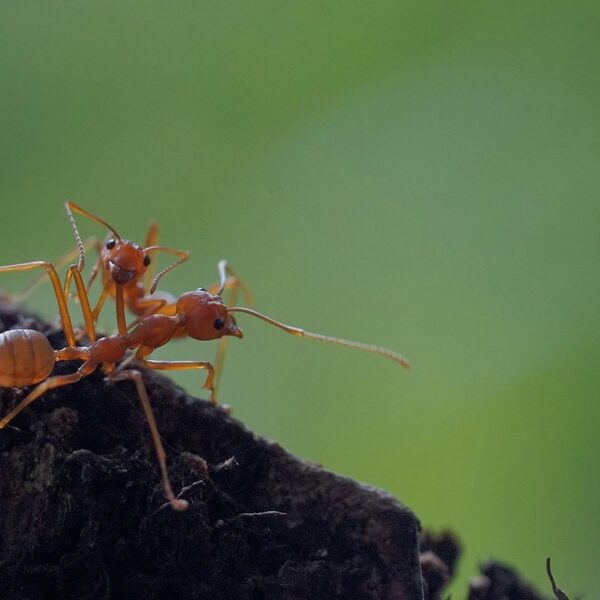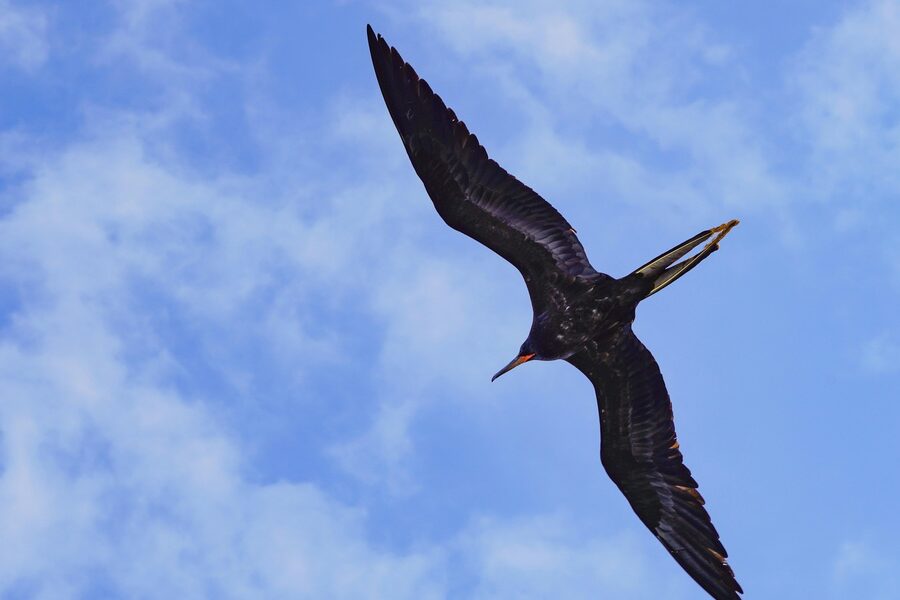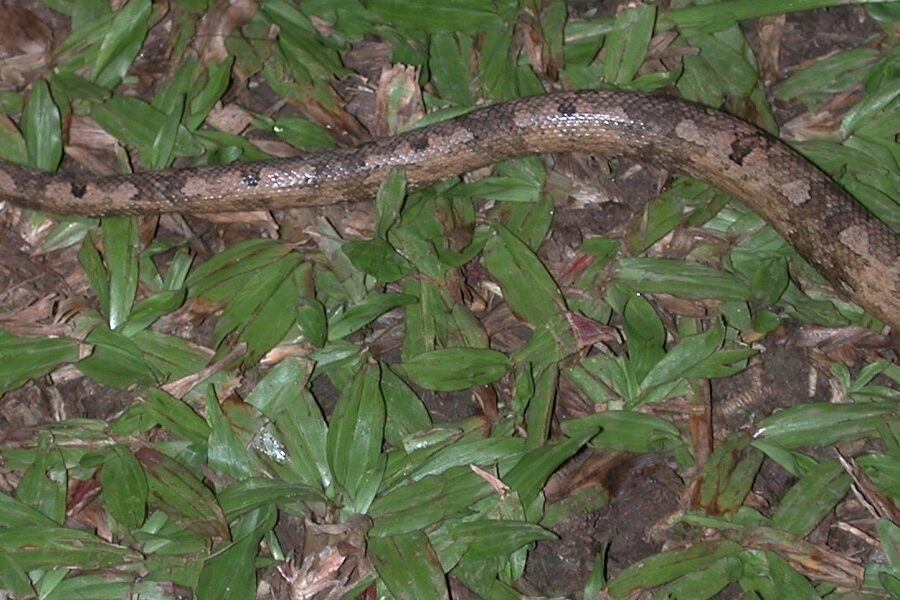Chameleons include roughly 200 species and many can change color via specialized skin cells, while iguanas range from the marine iguana of the Galápagos to the familiar green iguana of Central America — two groups that look related but behave very differently. That contrast matters: differences affect pet care, conservation priorities, and how each animal fits into its ecosystem. If you’re weighing iguanas vs chameleons as subjects of study, pets, or conservation action, you should know their body plans, movement, senses, diets, and how people influence their lives. This article lays out ten clear differences, grouped into Anatomy & Physiology; Movement & Appendages; Behavior & Ecology; and Reproduction, Conservation & Human Interaction, so you can match species to needs or management goals. Let’s start with the anatomical foundations that drive much of their behavior.
Anatomy & Physiology
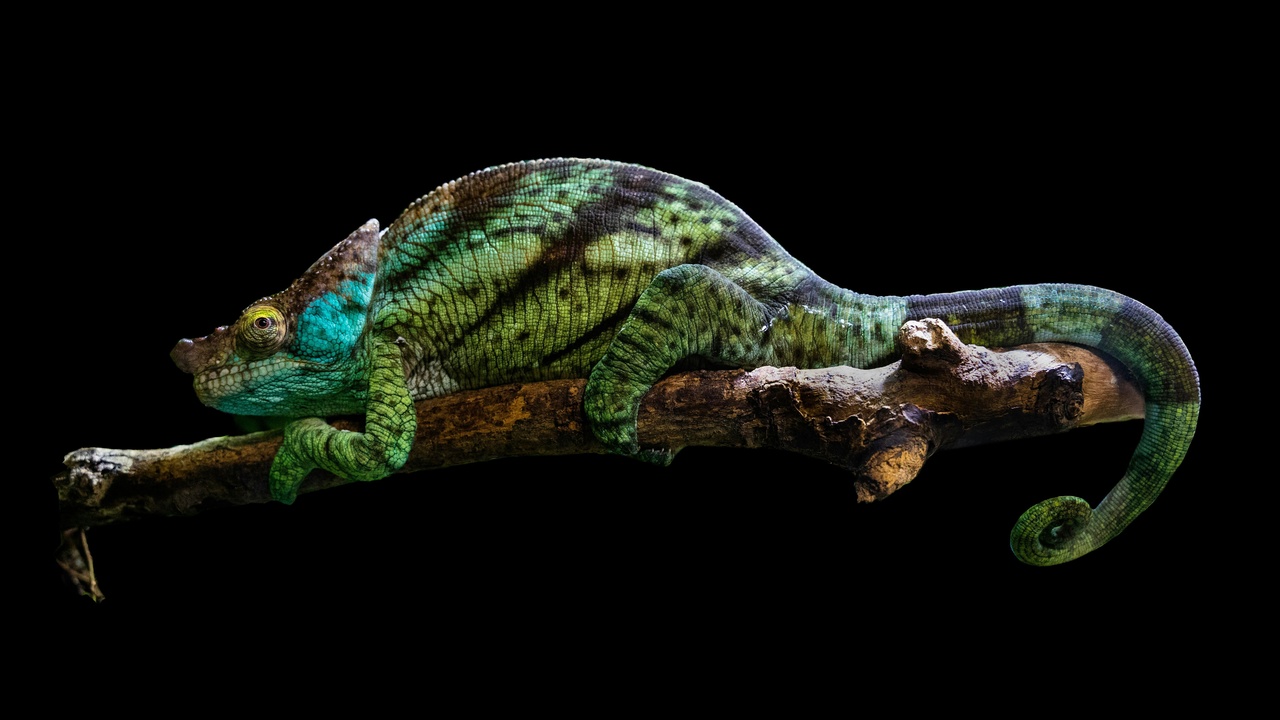
Anatomy explains a lot about why these lizards do what they do. Iguanas tend to be larger and more robust, built for broad branches, basking, and in some species, swimming. Chameleons are laterally compressed, with specialized skin and optical adaptations that support a slow, stealthy ambush lifestyle. Skin and color-change systems, plus eye structure, are especially telling: chameleons use structural color and chromatophore layers for communication and thermoregulation, whereas iguanas show more limited pigment-driven shifts tied to season or stress. Vision differs too — chameleons’ independently mobile eyes give near-360° coverage and pinpoint depth perception for accurate tongue strikes; iguanas have conventional reptile eyes attuned to daytime foraging and predator detection. Examples span extremes: the green iguana (Iguana iguana) can reach about 1.5 m (5 ft) including its tail, the Parson’s chameleon (Calumma parsonii) grows to roughly 68 cm, and the marine iguana (Amblyrhynchus cristatus) shows how the iguana body plan adapts to sea foraging.
1. Size and Body Shape
Iguanas are generally larger and more robust; chameleons tend to be smaller and laterally flattened. A green iguana may reach roughly 1.5 m (5 ft) including tail, while many panther chameleons (Furcifer pardalis) measure 20–50 cm and Parson’s chameleons reach about 68 cm.
That body plan affects ecology and husbandry. Heavy-bodied iguanas bask on broad limbs or rocks, sometimes moving between ground and canopy, while chameleons are built for steady, precise movement on thin twigs and leaves.
For keepers and conservationists this matters: iguanas need larger horizontal space and robust perches; chameleons need taller, well-planted enclosures with narrow branches for gripping and ambushing prey.
2. Skin and Color Change
Chameleons change color using layered skin cells — chromatophores and structural iridophores — that alter how light is reflected, and those shifts serve communication and thermoregulation as well as camouflage. Neural and hormonal signals control rapid changes, especially in males during courtship or territorial displays.
Iguanas have pigment-based coloration that can change modestly with stress, season, or temperature; they don’t produce the same dramatic, communicative displays. A green iguana may darken when cooling off or during breeding, but it won’t flash contrasting courtship patterns like many chameleons.
In captivity, lighting and temperature influence color expression and stress: proper UV and basking gradients help chameleons show normal displays and help iguanas maintain healthy pigment and behavior.
3. Eyes and Vision
Chameleons have independently mobile eyes set in turrets, providing near-360° coverage and the ability to converge both eyes for precise binocular focus immediately before a tongue strike. That optical system supports long-distance, accurate targeting of small insects.
Iguanas’ eyes are more conventional: fixed in the skull, forward- to laterally-oriented, and well adapted for daylight scanning of foliage, predators, and conspecifics. Their vision suits browsing and vigilance rather than ballistic hunting.
These differences shape feeding tactics: chameleons rely on sight to detect and pin-point prey, while iguanas visually inspect plants and movement in a broader field for safety and social cues.
Movement & Appendages

Tails, feet, and locomotion reflect niche specialization. Chameleons use a prehensile tail like a fifth limb and zygodactylous feet for delicate grasping on narrow twigs; they move deliberately and rely on stealth. Iguanas have long muscular tails used for balance, swimming, and as a whip for defense, plus strong clawed toes for climbing and digging. Those adaptations determine enclosure layout, field observation techniques, and rescue handling.
4. Tail Function
Many chameleons possess strongly prehensile tails that wrap around twigs and stabilize the body while the animal reaches with its tongue. The tail acts like an extra limb on thin branches, permitting slow, balanced movement.
Iguanas have long, muscular tails used for balance on broad branches and as propulsion when swimming. They can also deliver rapid lateral lashes as an effective defensive move against predators or perceived threats.
In captivity, chameleons do best with vertical space and thin perches where the tail can grasp; iguanas require sturdier branches and room to move horizontally and to swim or submerge if the species does so.
5. Feet and Climbing Adaptations
Chameleons have zygodactylous feet — two toes pointing forward and two back — forming a clamp ideal for narrow branches and precision when striking. Those feet work together with the tail to secure the animal during a tongue strike.
Iguanas have powerful, clawed toes for digging, gripping broad limbs, and scrambling up trunks. Their feet favor force over fine manipulation, which matches a lifestyle of climbing larger supports and sometimes moving on the ground.
For keepers, substrate and perch choice should reflect this: soft, varied textures and shallow substrate for iguanas’ claws; thin, stable perches and foliage for chameleons to support natural grip and reduce stress.
Behavior & Ecology
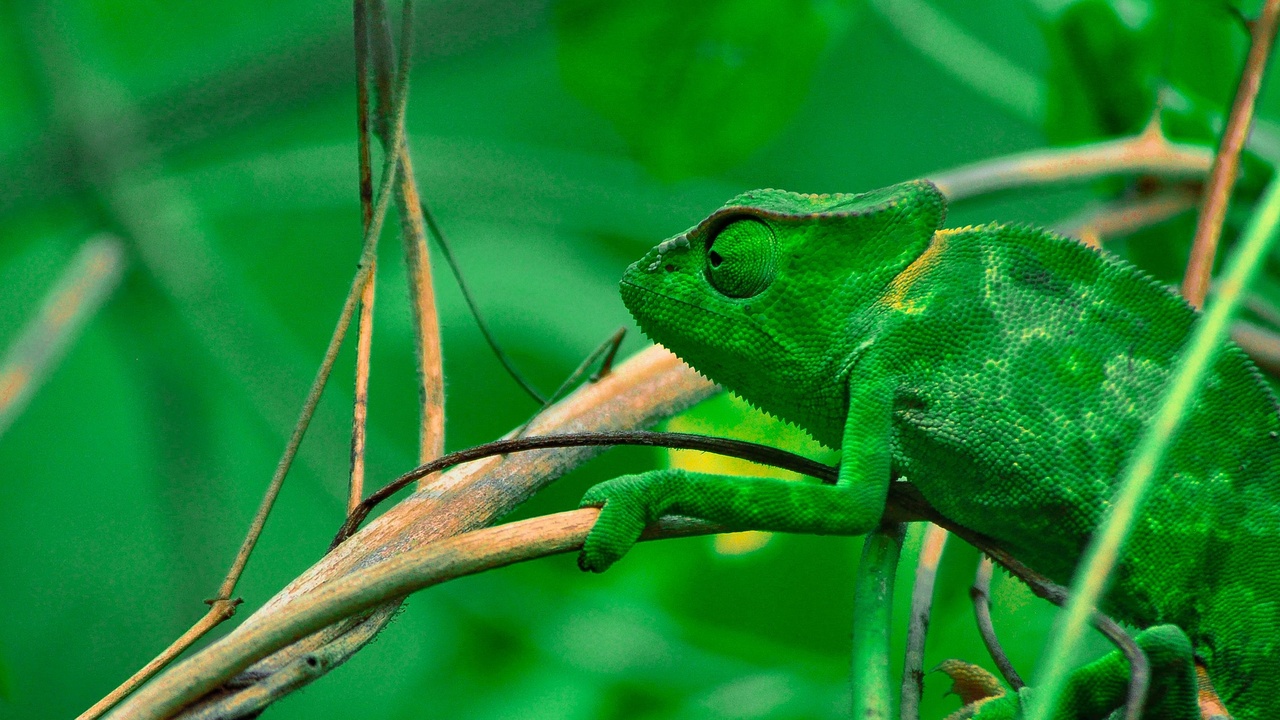
Across an iguanas vs chameleons comparison, geographic ranges, diets, and activity patterns are among the most striking contrasts. Chameleons are concentrated in the Old World, especially Madagascar and Africa, and many are small, insect-eating ambush predators. Iguanas center in the New World, occupying rainforests, coasts, and even marine niches, and are mostly herbivorous or opportunistic omnivores. Those ecological roles affect where you find them in the field and how they interact with ecosystems.
6. Habitat and Geographic Range
Iguanas are primarily New World reptiles: Central and South America, the Caribbean, and the Galápagos. The marine iguana of the Galápagos is a striking specialist that forages at sea.
Chameleons are largely Old World, with a strong Madagascar hotspot where a high percentage of the roughly 200 species are endemic. They occupy trees, shrubs, and in a few cases, ground-level habitats.
These distribution patterns influence conservation focus and trade regulations: island endemics tend to be more vulnerable, and export rules differ widely between regions.
7. Diet and Feeding Strategy
Feeding strategies diverge sharply. Most chameleons are insectivores that capture prey with a projectile tongue able to extend roughly 1–2 times the head-to-body length in many species. That ballistic method requires precise vision and stable perching.
Many iguanas are primarily herbivorous, grazing on leaves, flowers, and fruit; some species will take animal matter opportunistically. Ecologically, iguanas can act as seed dispersers, while chameleons help regulate insect populations.
In captivity, this means different feeding schedules and diets: chameleons often require frequent small insect feedings with attention to gut-loading and supplementation, while iguanas need high-fiber plant diets with appropriate calcium and UV exposure.
8. Thermoregulation and Activity Patterns
Both groups are primarily diurnal, but they thermoregulate differently. Iguanas bask in open sun to raise body temperature and are often visible on branches or rocks during warm hours, typically preferring basking spots in the low 30s °C (around 30–35°C) for many tropical species.
Chameleons regulate more subtly, shifting microhabitats within foliage to warm or cool, and they move quite slowly when cool. Activity levels for both change markedly with temperature, which affects survey timing for field researchers.
For keepers, that translates to distinct heating and lighting setups: broad basking zones for iguanas and graded microclimates with appropriate UV and humidity for chameleons.
Reproduction, Conservation & Human Interaction
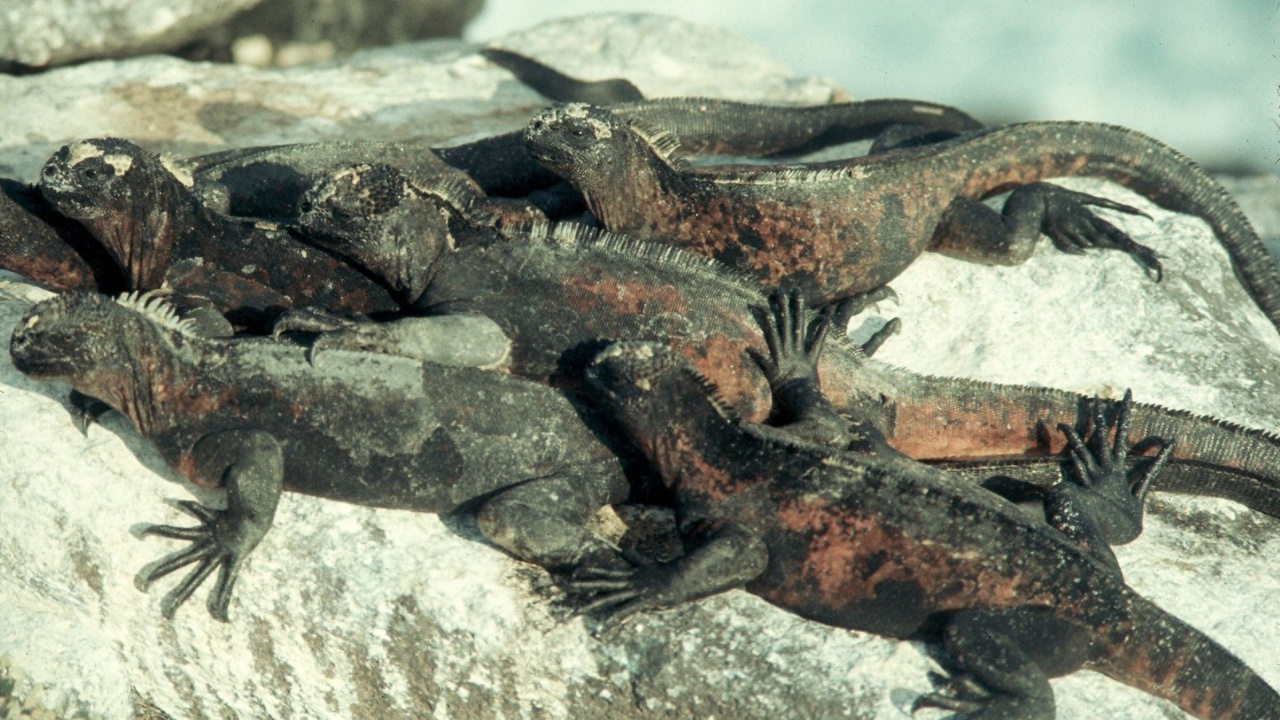
Reproductive modes, conservation status, and how humans interact with these lizards vary widely. Iguanas are mostly oviparous with often large clutches; some chameleons lay eggs while others are ovoviviparous or live-bearing. Many chameleons are conservation priorities, particularly in Madagascar, while some iguanas have become invasive where introduced. Pet trade dynamics and legal frameworks differ accordingly, so species-level knowledge is essential for ethical ownership and effective conservation.
9. Reproduction and Lifecycle
Most iguanas lay eggs and can produce large clutches — in big species, clutches can number several dozen eggs. Females typically nest in dug-out burrows or soft soil and then leave incubation to ambient conditions.
Chameleons display a range: many species are oviparous, but some, like Jackson’s chameleon (Trioceros jacksonii), are live-bearing with internal gestation and direct birth of fully formed young. Parental care is minimal in both groups, and juveniles are independent soon after hatching or birth.
These differences affect captive breeding programs and reintroduction planning: oviparous species need secure nesting substrates and temperature-stable incubation, while live-bearing species require careful monitoring of female condition and gestation timing.
10. Relationship with Humans: Pets, Invasiveness, and Conservation
Both groups appear in the pet trade, but they pose different challenges. Green iguanas are common pets, grow large (up to about 1.5 m), and can live 15–20 years in captivity with proper care. Their size and long lifespan mean long-term commitment and the potential for abandonment and invasive populations, as seen in parts of Florida and some Caribbean islands.
Chameleons such as the veiled chameleon are also popular, but many species are sensitive to captivity, prone to stress-related health issues, and have shorter captive lifespans on average (often 5–8 years depending on species). Many chameleons are conservation priorities in Madagascar and elsewhere, where habitat loss and overcollection threaten populations.
Legal and ethical considerations matter: permits, local regulations, and an honest assessment of care needs should guide any decision to acquire these reptiles. Support for conservation programs — habitat protection in Madagascar or invasive-species management where iguanas have established — is another way people can make a difference.
Summary
- Anatomy and senses diverge: chameleons use structural color change and independently mobile eyes for precise hunting, while iguanas are larger, pigment-driven, and built for browsing and basking.
- Movement and appendages reflect niche: chameleons’ prehensile tails and zygodactyl feet favor thin-branch ambush sites; iguanas rely on muscular tails and claws for balance, swimming, and digging.
- Diet and thermoregulation differ: most chameleons are insectivores with ballistic tongues; many iguanas are herbivores or omnivores and bask openly to warm up.
- Human relationships vary: green iguanas are long-lived, sometimes invasive pets, while many chameleons are delicate captives and conservation priorities — research species-specific needs and local laws before acquiring one.
